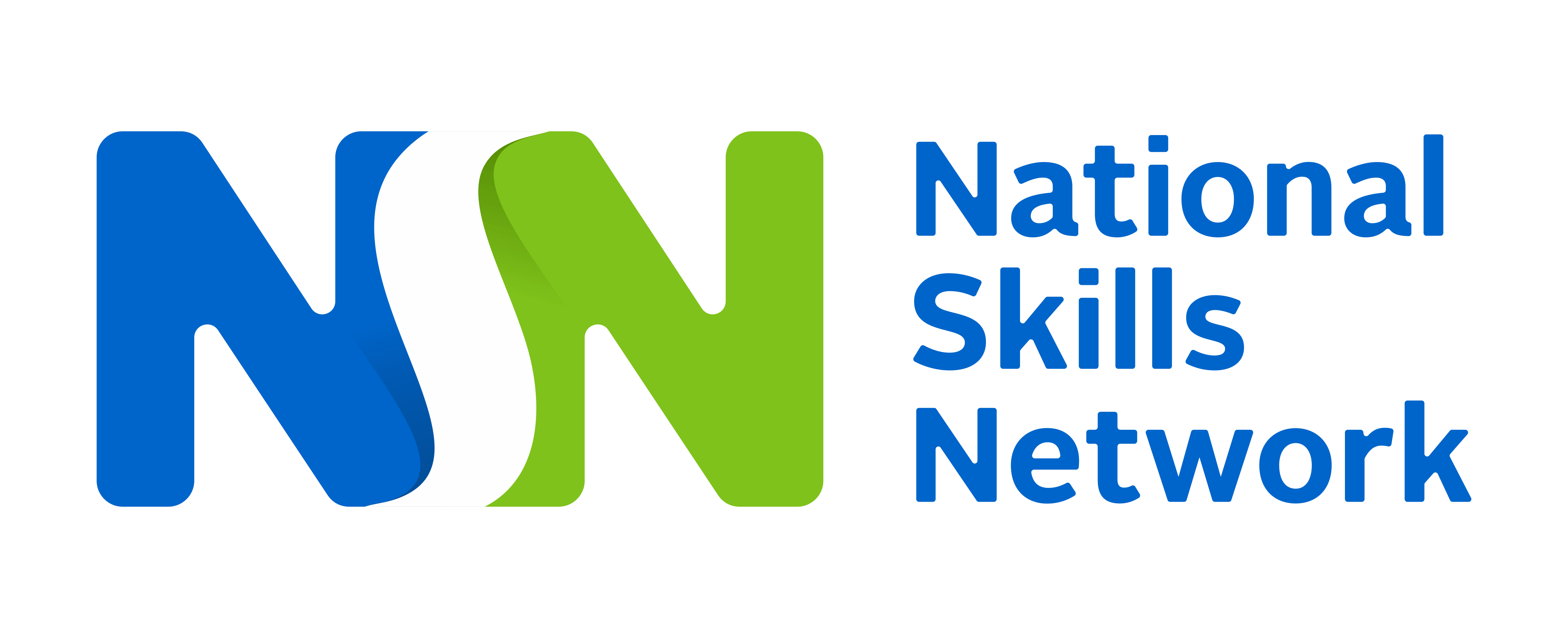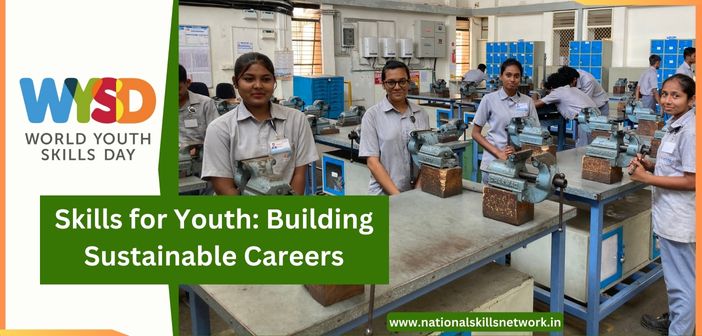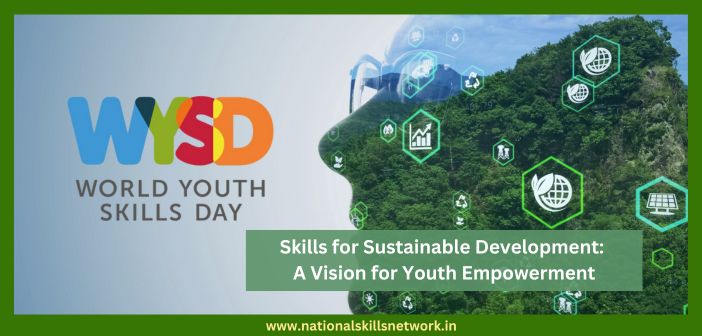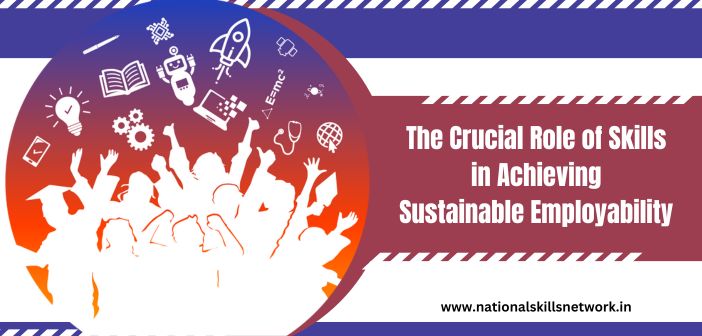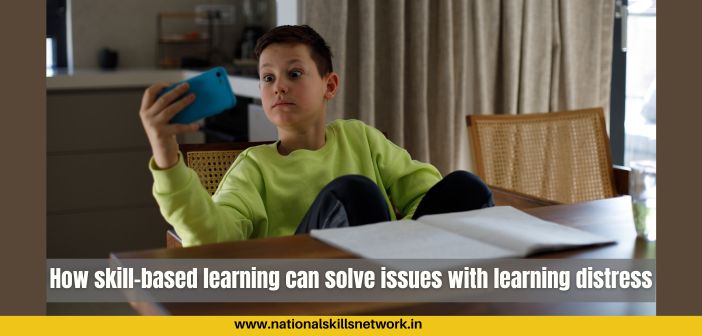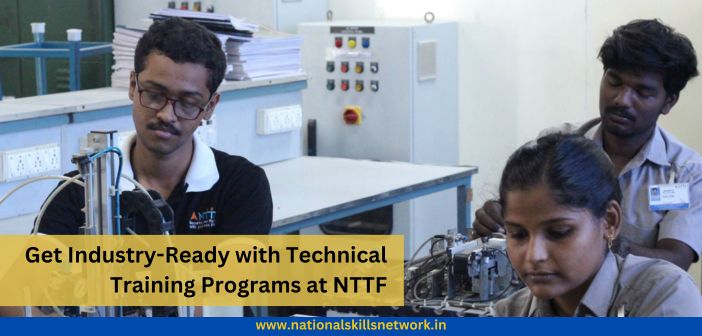“This is a comprehensive skill-building program for all the youth of Tamil Nadu, between the ages of 18 and 35. We are integrating the skill development programs of all departments, which are offering skilling and vocational courses. The Naan Mudhalvan scheme will encompass the entire spectrum of the youth population, right from the school level to working professionals”, said Ms J. Innocent Divya, IAS, Managing Director, TNSDC, while talking about the Naan Mudhalvan scheme of Tamil Nadu.
The government of Tamil Nadu has undertaken an innovative initiative – the Naan Mudhalvan scheme, to draw youth to various skill development programs and upskill them to make them employable in the changing times. The Naan Mudhalvan scheme is a skill enhancement initiative for the youth of Tamil Nadu and is a massive upskilling platform from the government. To know more about the scheme, its objectives and more, we conversed with Ms. J. Innocent Divya, IAS, MD, TNSDC (Tamil Nadu Skill Development Corporation).
Below are a few excerpts from our conversation. You can watch the full video interview on our YouTube channel.
Q: Please tell us about the Naan Mudhalvan scheme that the honourable Chief Minister of Tamil Nadu has recently unveiled? What is your vision and how do you plan to achieve the objectives?
A: There are numerous skill-building initiatives. Different departments implement at varying degrees for different domains, streams, and job roles. In addition to the Skill Development Corporation, several departments within the government are involved in skilling, like the rural development department, the departments of higher education and training, and MSME (Ministry of Micro, Small & Medium Enterprises), etc.
The honourable Chief Minister wanted skilling to be an over-arching program. The government wants to bring skilling under one roof so that coordination would be straightforward. Thus, “Naan Mudhalvan” which translates to “I am first” or “I am going to lead” was conceptualized.
Youth can learn about their potential, interests, and skills through this program, which also gives them the chance to develop as leaders in their areas of expertise. When the honourable Chief Minister inaugurated this portal on March 1, 2022, we first made an effort to introduce school children to the various opportunities that are available in various sectors. There are so many unexplored fields that are currently available, so we educate students in schools about the fact that there are numerous other fields and help them realize their interests and strengths, so they can make informed career decisions.
We provide them with expert career guidance, lucrative job opportunities and different training programs that can be pursued. We must not limit our students’ potential for their lack of awareness, so we create awareness about the opportunities and provide the resources they need. We are telling students in Tamil Nadu that they should aspire for higher studies and premiere institutions, and that the government is here to help them with training, material requirements, and financial resources.
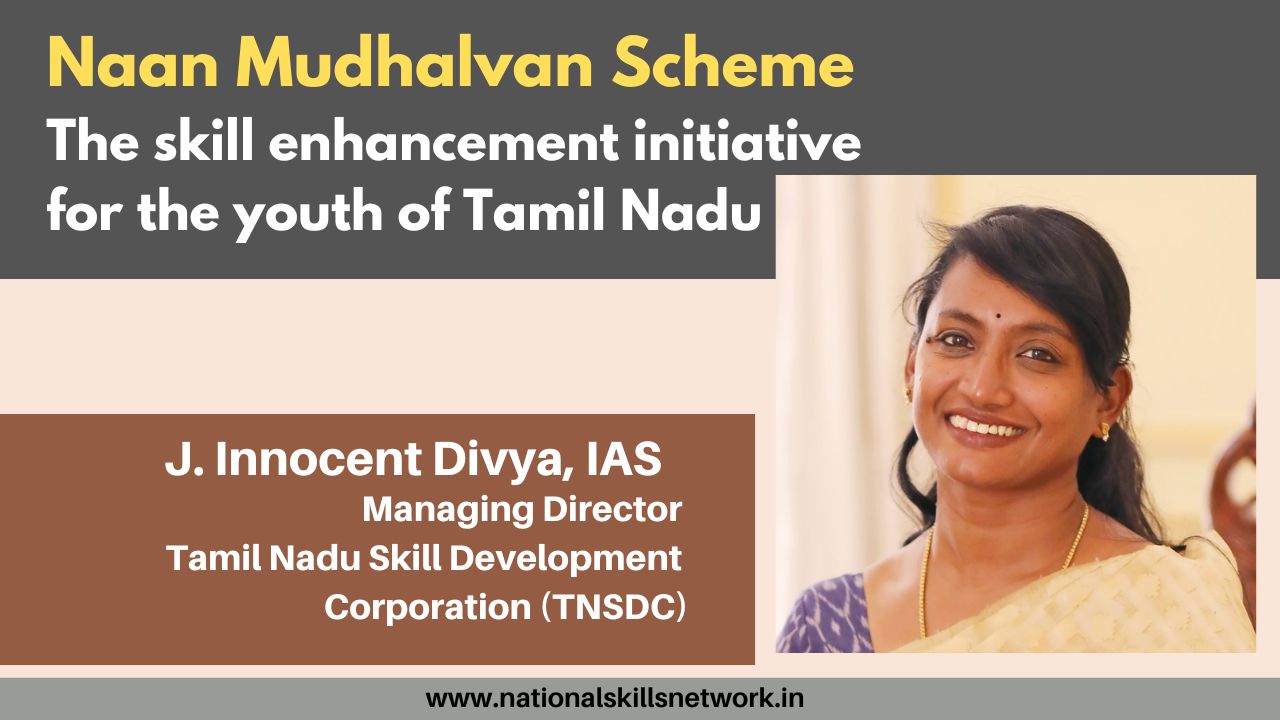
On August 29, 2022, the honourable Chief Minister launched the portal. In the portal, we have several colleges including engineering colleges, arts and science colleges, polytechnics, and ITIs. In phase 2, we will also gradually add other professional colleges, including law colleges, fisheries, and veterinary schools. Through this, we would like to connect academia with the industry.
We have around more than 180 organisations on the portal, they offer jobs, internships, training, mentor connects (anybody willing to volunteer as a mentor for the students) and also campus adoption (where corporates are interested in adopting a campus). The industry would then explain the skill gap and why they are unable to hire the students without training. This is an example of the industry and academia interacting in real time. The Naan Mudhalvan platform serves as a link between academics and industry. As a result, we can identify the skill gap and provide the appropriate training to the youth.
We enrolled all engineering college students from the first semester to the eighth semester. Then, we had a team of experts meets with the industry to determine the skill gaps in various streams and domains. Finally, we came up with a set of courses. Because the program’s goal is to “skill at scale”, we are not offering these courses as value-added courses; instead, we are making them mandatory courses. The reason for this is that in the past, value-added courses have only benefited the 10% of the student population who excel in academics; the remaining 90% of the student population attends rural colleges or studies in villages.
On the one side, we have graduates who are seeking employment, they look into various skill-building opportunities, learn about developing technology, and find employment. To change this, emerging technologies and skills required by the industry must be made available as compulsory courses in academia. This requires a rigorous process where the academic council and the board of studies must mandate that these are the courses for which credits will be granted and the ones that students must take to finish the course in their respective fields.
As a result, 18 courses are required for engineering students in this program. We have mapped these courses to world-class training partners and are offering them at no cost. Since we are making the courses mandatory, we cannot expect the student to pay for them, so the government takes care of the expense on their behalf. For office essentials, we have Microsoft, Oracle, etc. We are working with Cambridge and the British Council too. Additionally, as training partners and industries connect with more than 2000 institutions on a single portal, we provide more than 100 free courses in addition to paid courses at subsidized prices.
The industry and the training ecosystem stand to gain a lot from this, and it will also revolutionize higher education. At the skilling level, we are working to integrate all the skilling initiatives underway with different departments into a single skilling ecosystem where we can accurately translate the needs of the industry to lower-level functionaries like the Panchayat President and below and get the students. Through Naan Mudhalvan, we are attempting to establish a single nodal agency.
Q: What are some of the implementation-level challenges you foresee, and how are you going to overcome such challenges proactively?
A: There are challenges, but we view them as opportunities since bringing together 12 lakh students on one platform has never been done before and this will open the door for future skill-building programs. One of the biggest challenges we had with this was that online learning has become the standard. Post-pandemic, everyone is using online learning methods, so we thought, why not take advantage of this chance to reach a larger group online. We also see that the future of education itself is about digital learning, so it is time to start preparing the youth for the future. Therefore, the majority of the courses we are offering are on Learning Management System (LMS) platforms.
The second challenge here was how to oversee online learning. There are issues with online training like what if the students don’t register for the course? What happens if the student is not finishing the course? What will happen to the grades given that we are currently awarding course credits? These are the challenges we are battling, and we are currently training the faculty to support these 18 courses through the TOT (Training of Trainers) program.
Approximately 9000 faculty members are being trained, and they will make sure that students access the portal and finish the course on time. We will share the dashboards with them, let them know how the students are progressing, and mentor them as they complete the courses. And some courses will be offered physically; at the moment, we are referring to state colleges that are geographically dispersed throughout the entirety of the state of Tamil Nadu.
We are currently engaged in very intensive planning, during which every student is monitored. We weigh certification at 25%, leaving the remaining 75% up to the mentor’s internal evaluation of the projects the students submit. The leader board is also accessible to the industry. For instance, if industries are seeking an engineer with knowledge of blockchain technology, they can view a comprehensive list of all students who have completed that course, regardless of where they are located in the state.
Q: How can stakeholders from other states partner with you?
A: We are willing to collaborate with everyone who is looking to improve the skills of the youth. We do not limit ourselves to the Tamil Nadu state or only India. If anyone is interested in working with us to achieve our goal of Naan Mudhalvan, they can send a proposal in soft copy to my email address at md@tnsdc.in. We have a technical team to evaluate the plan and examine the proposal’s content, syllabus, course modules, and manner of delivery before returning to us.
Since this is targeting a larger audience in Tamil Nadu as a whole and outside formal education, we are open to CSR funding too. We are also open to models where a “Center of Excellence” can be set up or centres where physical training can be provided. We are currently collaborating for 50 centres of excellence.
We also encourage large corporations to adopt campuses for investing in network connectivity, to ensure the development of the infrastructure, or if they wish to hire four or five specific campuses and train them in a certain technology. We are very flexible in this area because this is a broad framework where many models of engagement are acceptable. As a result, any corporate or training partner having a different model of skill development is welcome to join and they can also be from other states.
